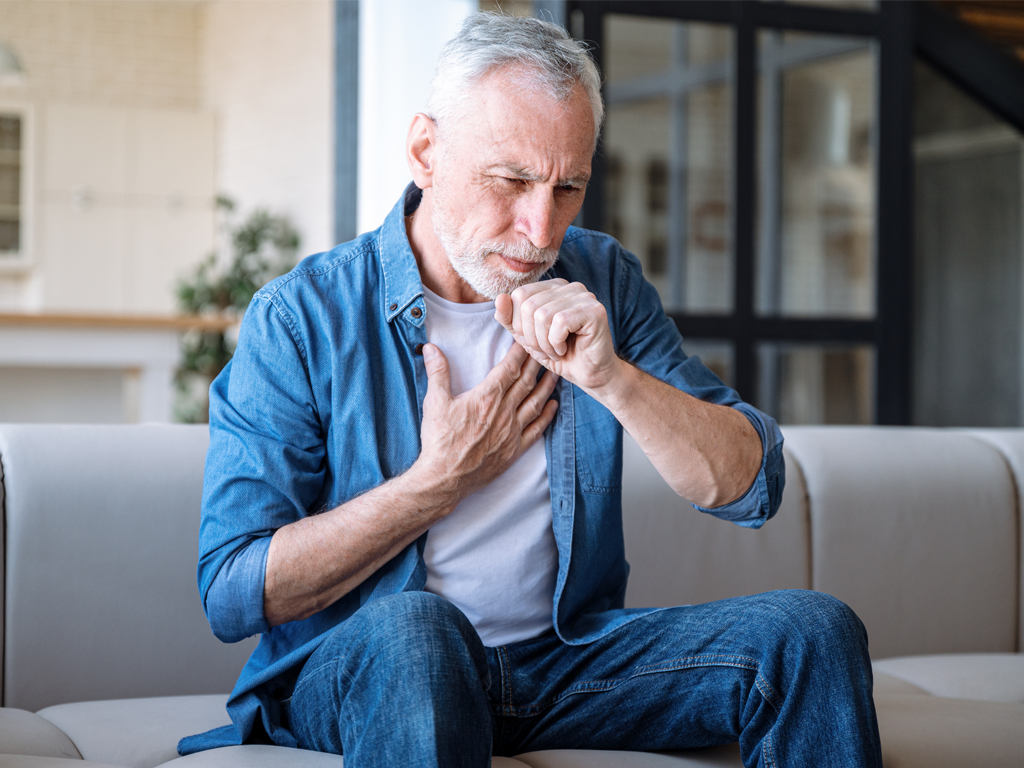Respiratory illnesses are very common – especially during cooler temperatures when “antiviral immune responses aren’t as strong.” This is why every year around October there is an influx of information about vaccines for the flu, COVID-19, and RSV. While you are probably familiar with the first two viruses, RSV has been around since 1956 and causes anywhere from 100 – 300 deaths in children and 6,000 – 10,000 deaths among older adults in the U.S. per year.
What is RSV?
RSV - Respiratory Syncytial Virus – is a “common virus that affects the lungs and breathing passages.” While most cases of RSV are akin to a mild cold, RSV is not to be brushed off lightly. RSV can turn from a mild irritation into a major threat as it can infect the lungs' smallest pathways. Per our previous blog on RSV, the virus hospitalizes 177,000 adults per year – with a mortality rate of 8% or 14,000. While anyone can contract RSV, the virus tends to have a worse effect on at risk groups. RSV can be disruptive at all ages; however, it is more dangerous for a variety of different groups: adults 60+, transplant patients, newborn babies, and individuals in impoverished countries.
Symptoms
RSV symptoms mirror both flu and covid symptoms as they develop within 4 to 6 days after getting infected. Symptoms of an RSV infection include:
- Runny nose,
- Decrease in appetite,
- Coughing,
- Sneezing,
- Fever,
- And wheezing.
Individuals infected with RSV may experience some of the listed symptoms; however, symptoms come in waves, not all at once. Symptoms of young infants with RSV may differ from adults as they may only experience irritability, decreased activity, and breathing difficulties.
Transmission
RSV transmission can occur when:
- An infected person coughs or sneezes;
- Viral airborne particles from a cough or sneeze get in your eyes, nose, or mouth;
- Or direct contact is made with the virus via spit or surface contamination.
Individuals infected with RSV can be contagious for 3 to 8 days and can even become contagious before experiencing symptoms. However, it’s possible for infants and immunocompromised individuals to be contagious after symptoms have subsided for as long as 4 weeks after infection.
Preventative Measures
-
Vaccinations
Vaccines are the key to preventing hospitalization and worsening cases of RSV. The RSV vaccine is recommended for individuals who are over 60 years old, immunocompromised, or pregnant. The RSV vaccine can help older people avoid more severe cases of RSV. It is recommended for pregnant individuals to “get an RSV vaccine between 32-36 weeks of pregnancy to protect your infant after birth, or a preventive antibody can be given to your baby after birth.”
-
Air and Surface Purification
When it comes to viral infections, avoiding exposure to sick environments is key. It’s important to understand that it is common for respiratory viruses to spread through the air via aerosols – airborne particles. This has been observed to occur with the COVID-19 and flu viruses and future studies might show that this is the same case for RSV.
Not only is air purification important in reducing viral airborne particulates, but it is necessary to include surface purification since it has been found that “RSV can survive for many hours on hard surfaces.” This poses a threat, especially in medical environments, as lingering viruses on surfaces raise the risk for infection of others.
How can you protect your space and ensure that your business is doing everything it can to preserve the wellbeing of customers and employees? Encouraging daily preventative measures like self-isolating when sick and avoiding close contact with infected individuals is important; however, reducing exposure to the RSV virus is key to curbing the spread from one to another. Our air purifiers not only provide clean air, but they purify surfaces that could be contaminated with pathogens. Offer your customers and employees peace of mind when it comes to flu and RSV season and protect your space from harmful pathogens with ActivePure® Technology. Click the button below for the list of pathogens proven to be reduced by ActivePure devices.



